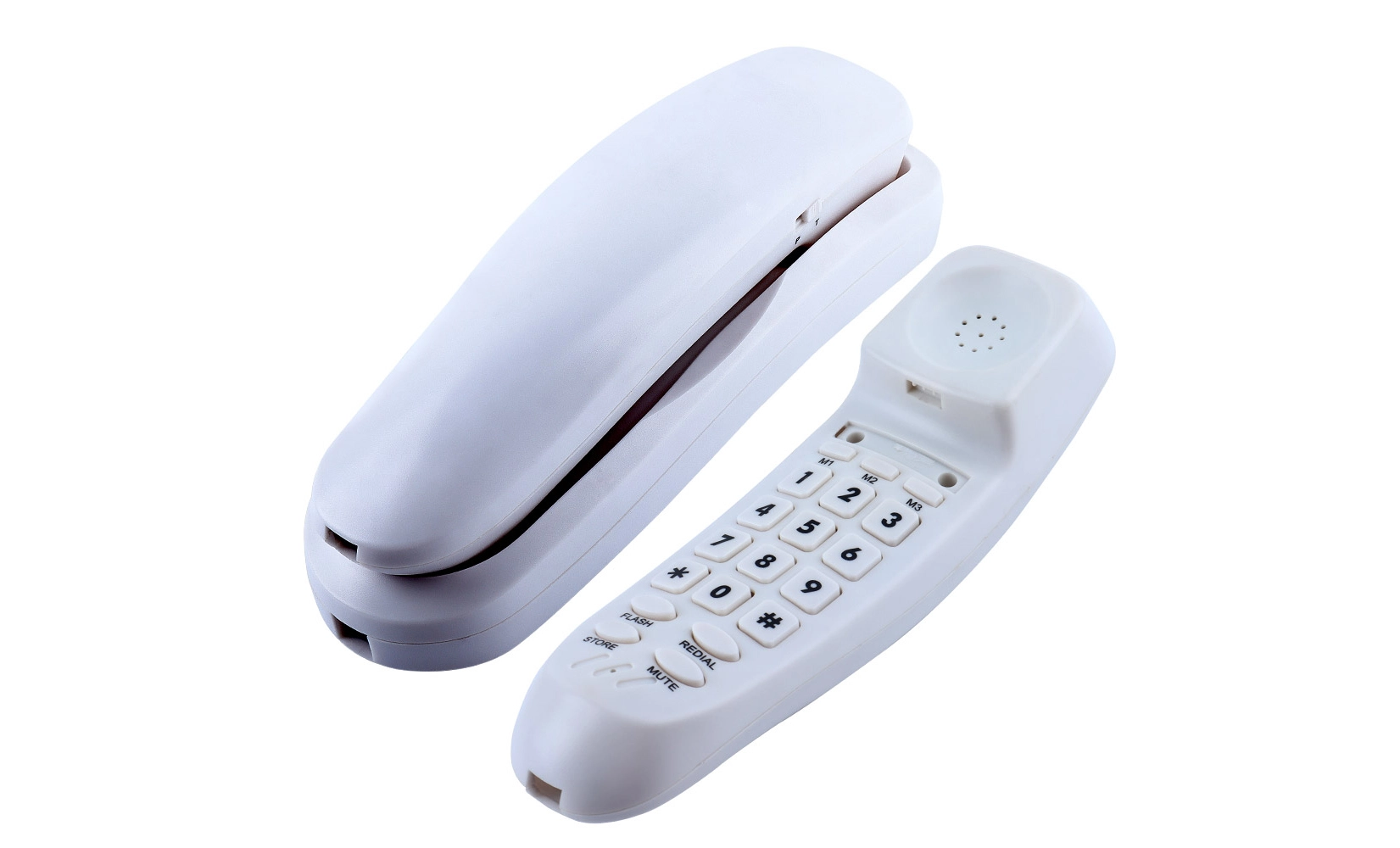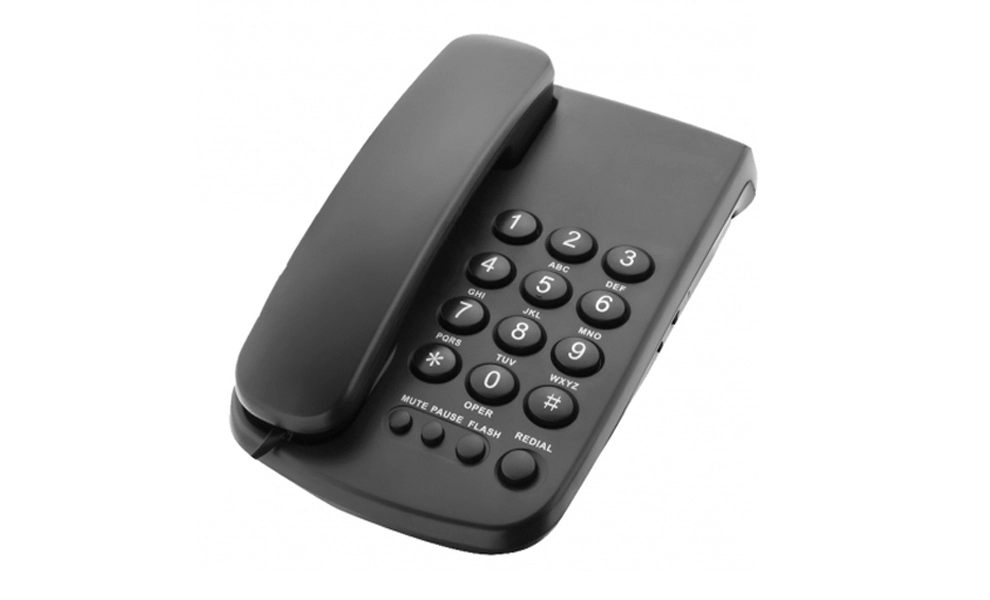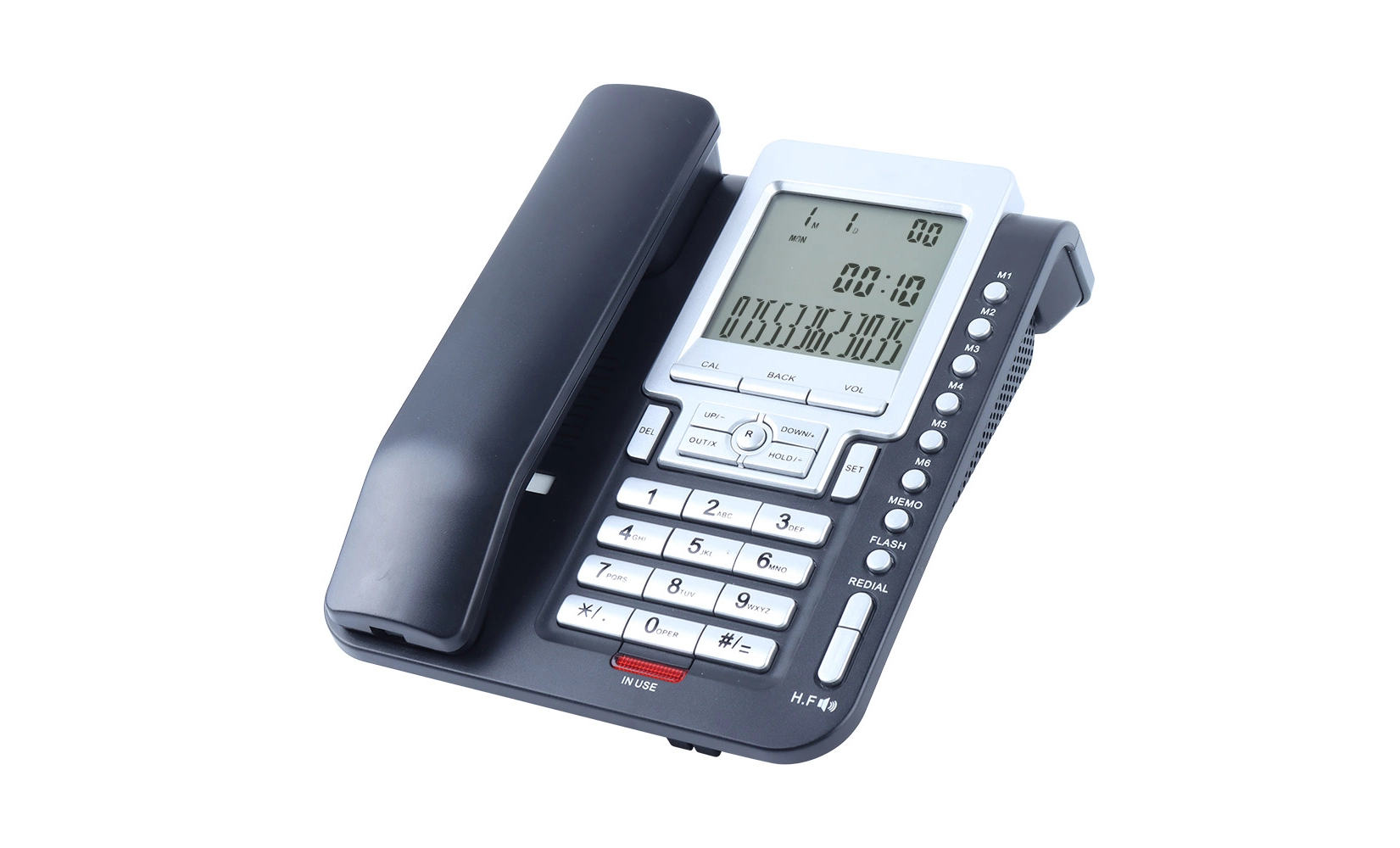The Enduring Appeal of Basic Telephones in a Digital Age
Simplicity Meets Reliability: Why Basic Phones Still Matter?
In an era dominated by smartphones and digital communication, the humble basic telephone continues to hold its ground. These devices offer a refreshing simplicity that appeals to a wide range of users. From seniors who prefer uncomplicated technology to businesses seeking reliable communication tools, basic telephones fulfill essential needs without unnecessary frills.
The primary advantage of a basic telephone lies in its focus on core functionality. Unlike smartphones that can overwhelm users with a plethora of features, basic phones excel at their primary purpose: making and receiving calls with exceptional clarity. This streamlined approach ensures that users can communicate effectively without navigating complex menus or dealing with software updates.
Crystal-Clear Communication: The Hallmark of Basic Telephones
One of the most significant benefits of basic telephones is their superior call quality. These devices are engineered to prioritize voice transmission, resulting in conversations that are crisp, clear, and free from the distortions often experienced with cellular or internet-based calls. The dedicated landline connection used by basic telephones provides a stable and interference-free channel for communication.
Moreover, basic telephones often incorporate noise-cancellation technology and adjustable volume controls, further enhancing the clarity of calls. This is particularly beneficial in environments with background noise or for users with hearing impairments. The ability to conduct conversations without straining to hear or repeating oneself contributes to a more pleasant and efficient communication experience.
User-Friendly Design: Accessibility for All Ages
Basic telephones are designed with user-friendliness in mind, making them accessible to people of all ages and technological backgrounds. Large, well-spaced buttons with clear labeling ensure easy dialing, even for those with visual or dexterity challenges. The intuitive layout of controls means that users can quickly master essential functions like answering calls, adjusting volume, or redialing numbers.
This emphasis on accessibility extends to the physical design of product. Many models feature ergonomic handsets that are comfortable to hold for extended periods. Additionally, the option for both desktop and wall-mounted installation provides flexibility in placement, accommodating various living or working spaces.
Practical Applications: Where Basic Telephones Excel?
Home Use: A Reliable Communication Backbone
In residential settings, basic telephones serve as a dependable communication backbone. They provide a constant, ready-to-use connection that doesn't rely on charging or Wi-Fi signals. This reliability is particularly valuable during emergencies or power outages when mobile networks may be overwhelmed or unavailable.
For families, a basic telephone in a central location can act as a shared communication hub. It allows for easy monitoring of calls and provides a fixed point of contact for household members. This can be especially reassuring for parents who want to ensure their children have a reliable means of communication at home.
Business Environments: Professional Communication Made Simple
In professional settings, basic telephones continue to play a crucial role. Their simplicity and reliability make them ideal for customer service desks, reception areas, and individual workstations. The absence of internet connectivity or complex features means that these phones are less susceptible to technical issues or security breaches, ensuring uninterrupted communication.
Basic telephones also excel in conference room settings. Their clear audio quality and ease of use make them perfect for conducting conference calls or connecting with remote participants. The straightforward operation allows meeting attendees to focus on the conversation rather than grappling with complicated technology.
Specialized Settings: Ensuring Clear Communication Where It Matters Most
In certain specialized environments, the clarity and reliability of basic telephones are indispensable. Healthcare facilities, for instance, rely on these devices for clear communication between staff members and patients. The simplicity of operation ensures that critical information can be conveyed quickly and accurately, without the risk of technological complications.
Similarly, in emergency services and security operations, it provides a foolproof means of communication. Their ability to function during power outages and their clear audio quality make them essential tools for coordinating responses and maintaining contact in critical situations.
Evolving Technology: Modern Features in Basic Telephone Design
Enhanced Audio Technologies for Superior Call Quality
While basic telephones maintain their fundamental simplicity, manufacturers have incorporated modern audio technologies to further improve call quality. Advanced noise reduction algorithms and wideband audio support allow for more natural-sounding conversations, rivaling the clarity of high-end digital communication systems.
Some contemporary basic telephone models now feature HD voice technology, which expands the frequency range of traditional voice calls. This results in richer, more lifelike audio that enhances the overall communication experience while maintaining the straightforward operation that users appreciate.
Ergonomic Improvements for Comfort and Accessibility
Modern basic telephones have seen significant improvements in ergonomics and accessibility. Manufacturers now offer models with larger, backlit displays for easier reading of caller information. Buttons are designed with improved tactile feedback, making them easier to use for individuals with limited dexterity.
Additionally, many basic telephones now come with built-in speakerphone functionality, allowing for hands-free conversations. This feature is particularly useful for multitasking or for users who prefer not to hold a handset for extended periods.
Integration with Modern Communication Systems
While maintaining their core simplicity, some basic telephone models now offer limited integration with modern communication systems. Features like caller ID, call waiting, and voicemail compatibility allow these devices to work seamlessly within contemporary telecommunications networks.
For business environments, certain basic telephone models can be integrated into office phone systems, allowing for features like call transferring and extension dialing. This integration ensures that basic telephones remain relevant and functional in evolving workplace communication ecosystems.
Conclusion
Basic telephones continue to offer a compelling blend of simplicity, reliability, and clear communication in an increasingly complex digital landscape. Their focus on core functionality ensures that users can enjoy crystal-clear conversations without the distractions and complications often associated with more advanced devices. From residential settings to professional environments and specialized applications, basic telephones prove their enduring value by delivering consistent, high-quality voice communication.
As technology evolves, basic telephones adapt just enough to remain relevant without losing their fundamental appeal. By incorporating subtle improvements in audio quality, ergonomics, and compatibility with modern systems, these devices maintain their position as essential tools for clear, dependable communication. In a world where clarity and simplicity are often overlooked, the basic telephone stands as a testament to the enduring power of focused, effective design in meeting our most fundamental communication needs.
Clear voice output with CE/FCC-certified telephones | CHEETA
Shenzhen Cheeta Technology Co., Ltd. stands at the forefront of analog telephone manufacturing, boasting over 18 years of expertise in OEM/ODM services. Our state-of-the-art 1,200㎡ facility, staffed by 100+ skilled workers and 10 senior engineers, produces 1,000 analog units daily, ensuring rapid delivery to meet global demand. We pride ourselves on maintaining stringent quality standards, with all units complying with CE and ROHS regulations.
Our rigorous 11-step inspection process guarantees long-term reliability, resulting in an impressive failure rate below 1%. At CHEETA, we combine cutting-edge engineering, automation, and responsive customer service to deliver top-tier communication solutions. For more information about our innovative telephone products, please contact us at allen@cheeta.com.cn.





